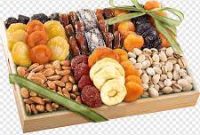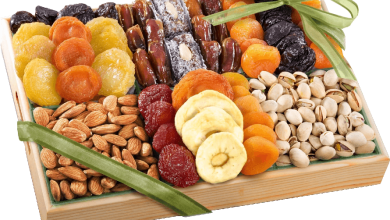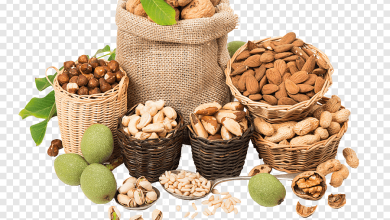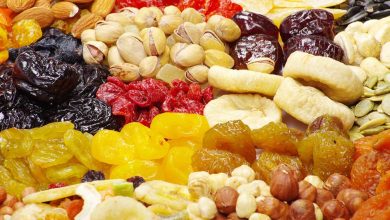Introduction:
For ages, dry foods—a broad category that includes a variety of preserved and dehydrated edibles—have been an essential part of human meals. These foods, which are frequently distinguished by convenience and a longer shelf life, have progressed from conventional preservation techniques to advanced industrial procedures. This paper investigates the wide-ranging realm of dry foods, including their varieties, manufacturing processes, health advantages, and application in culinary arts.
I. Types of Dry Foods:
1. Grains and Cereals:
- Staple dry foods such as rice, wheat, oats, and barley are staples in many diets across the world. These grains are a good source of carbohydrates since they keep well in storage.
2. Legumes and Pulses:
- Beans, chickpeas, and lentils are a few types of legumes that are frequently dried for storage. These dry foods are a staple of vegan and vegetarian diets since they are high in fiber and protein.
3. Dried Fruits:
- Fruits that have been dehydrated, such cranberries, raisins, and apricots, provide a concentrated amount of natural sweetness and minerals. Fruits’ shelf life is increased and their tastes are preserved via drying.
4. Nuts and Seeds:
- Good sources of vital fats, proteins, and minerals are almonds, walnuts, sunflower seeds, and chia seeds. These are common snacks and ingredients used in a variety of recipes.
5. Dehydrated Vegetables:
- Dried vegetables are frequently used as adaptable components for soups, stews, and sauces. Examples of these vegetables are bell peppers, tomatoes, and mushrooms. Dehydration permits long-term storage while preserving tastes.
6. Jerky and Dried Meats:
- Made from dried and cured pork, jerky is a convenient and high-protein snack. In many civilizations, drying meat has long been a common preservation technique that guarantees a steady supply of food.
II. Production Methods:
1. Sun Drying:
- Foods are traditionally sun-dried by being exposed to the sun’s heat and airflow, which causes the food to naturally dry out. In many areas, this technique is still often applied to fruits, vegetables, and some grains.
2. Air Drying:
- Foods are dried by use of regulated airflow to extract moisture. Herbs, spices, and various fruits are frequently prepared using this technique, which keeps the original tastes and hues.
3. Freeze Drying:
- A contemporary method called “freeze drying” entails freezing the food and then sublimating it to extract the moisture. The food’s natural flavor, texture, and nutritional value are all preserved with this procedure.
4. Dehydration:
- Foods are dehydrated (often with the use of specialist machinery) by heating air or infrared radiation. This approach works well with fruits, vegetables, and even meat.
5. Canning:
- Canning, though not precisely a drying process, is preserving food in sealed jars. Fruits, vegetables, and even prepared meals can have their shelf lives extended by this method.

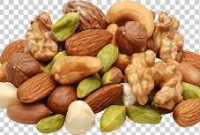
III. Nutritional Benefits:
1. Preservation of Nutrients:
- Appropriate dehydration techniques aid in maintaining food’s nutritional value. Dry foods are nutrient-dense because they retain a lot of minerals and fiber while losing some vitamins throughout the drying process.
2. Concentration of Flavor:
- Food tastes are concentrated during drying since the water content is reduced. For example, dried fruits are frequently sweeter than their fresh equivalents, and dried herbs are more flavorful than their fresh counterparts.
3. Extended Shelf Life:
- Extending the shelf life of food is the main advantage of drying it. Moisture removal inhibits the growth of microorganisms, lowering the chance of spoiling and enabling long-term preservation.
4. Portability and Convenience:
- Dry meals are great for eating on the road since they are frequently lightweight and portable. They are perfect for hiking, camping, and emergency food supplies because of this feature plus their long shelf life.
IV. Culinary Significance:
1. Culinary Versatility:
- Dry foods are adaptable components that may be used in a wide range of culinary preparations. These ingredients provide recipes depth and complexity, whether they are used in savory meals like dried herbs or dried fruits in baking.
2. Global Cuisine:
- A lot of world cuisines rely heavily on dry ingredients. While dried fruits and nuts are a major component of Mediterranean and North African cuisines, rice and lentils are staples in Asian and Middle Eastern diets.
3. Emergency Preparedness:
- Due to their extended shelf life and ease of transportation, dry foods are crucial for disaster preparedness. For disaster preparedness packs, non-perishable goods like rice, beans, and dried soups are frequently suggested.
4. Sustainable Practices:
- When done at home or on a small scale, food drying may be a sustainable technique. By storing extra produce, it lowers food waste and enables year-round enjoyment of seasonal fruits and vegetables.
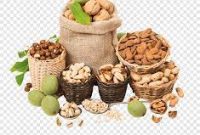
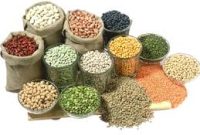
Conclusion:
In summary, a vast range of ingredients that have formed culinary traditions and supported communities throughout history make up the diversified world of dry foods. The process of producing dry foods has changed over time to fit the needs of a fast-paced, worldwide society. Traditional sun-drying processes have given way to more contemporary ways like freeze-drying. Dry foods, which bridge the gap between tradition and innovation, continue to play a crucial part in modern diets and food cultures thanks to their nutritional advantages, longer shelf life, and culinary variety. Dry foods will continue to be important as long as technology and cooking techniques continue to advance, providing useful answers and tasty additions to the diverse tapestry of world cuisine.
